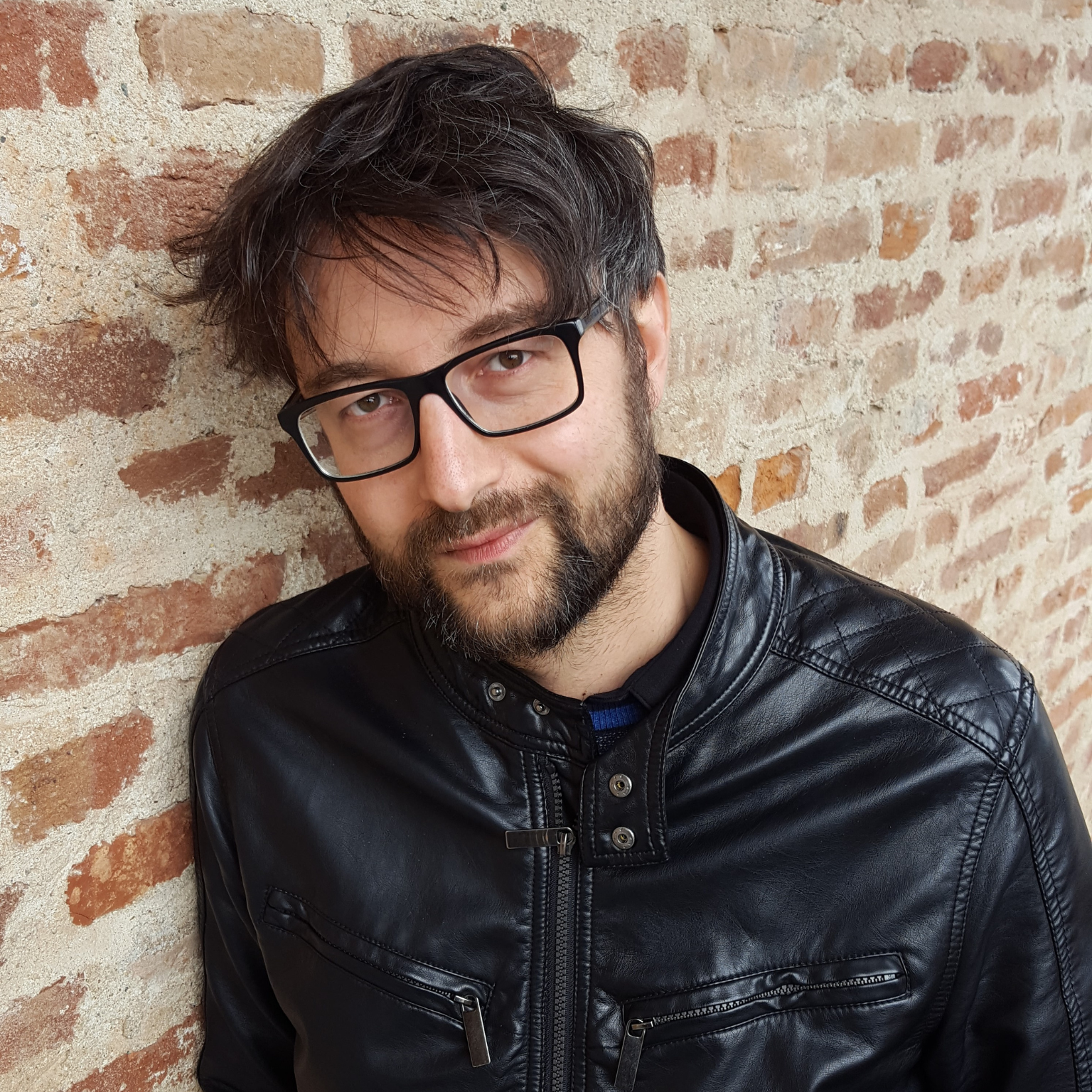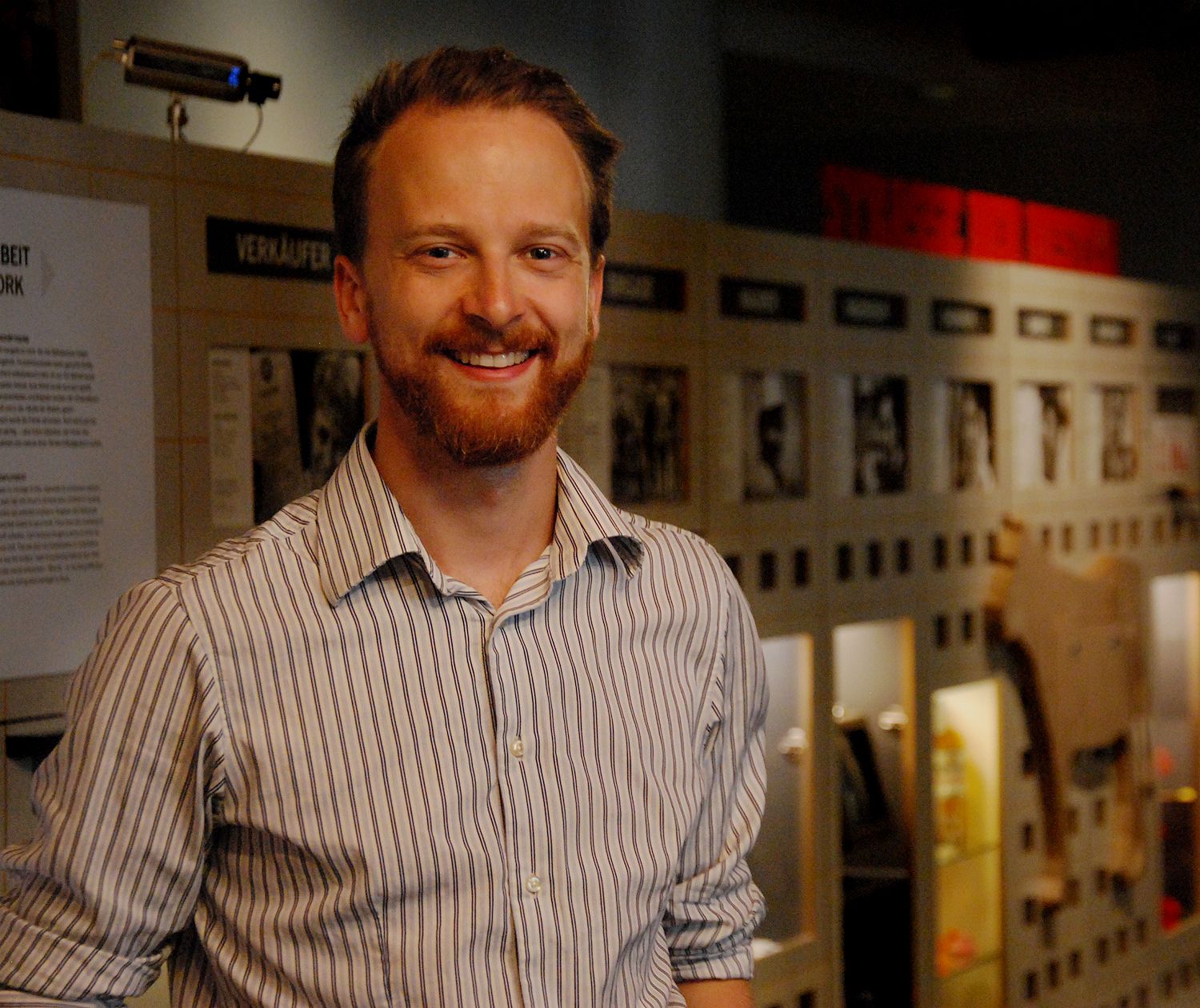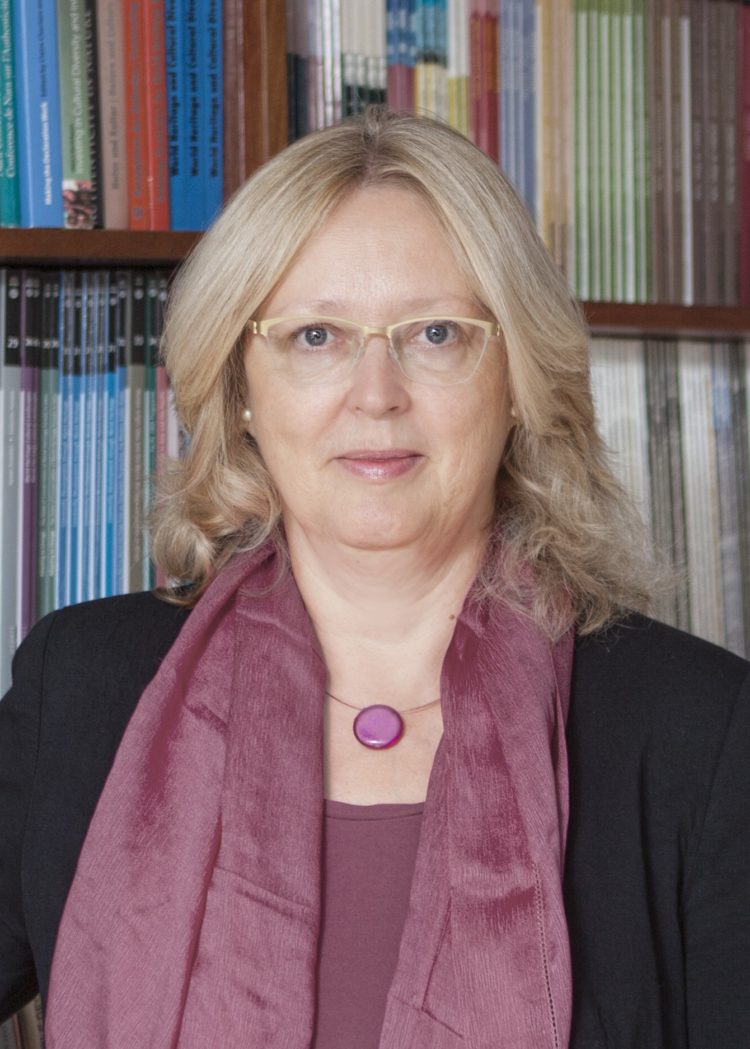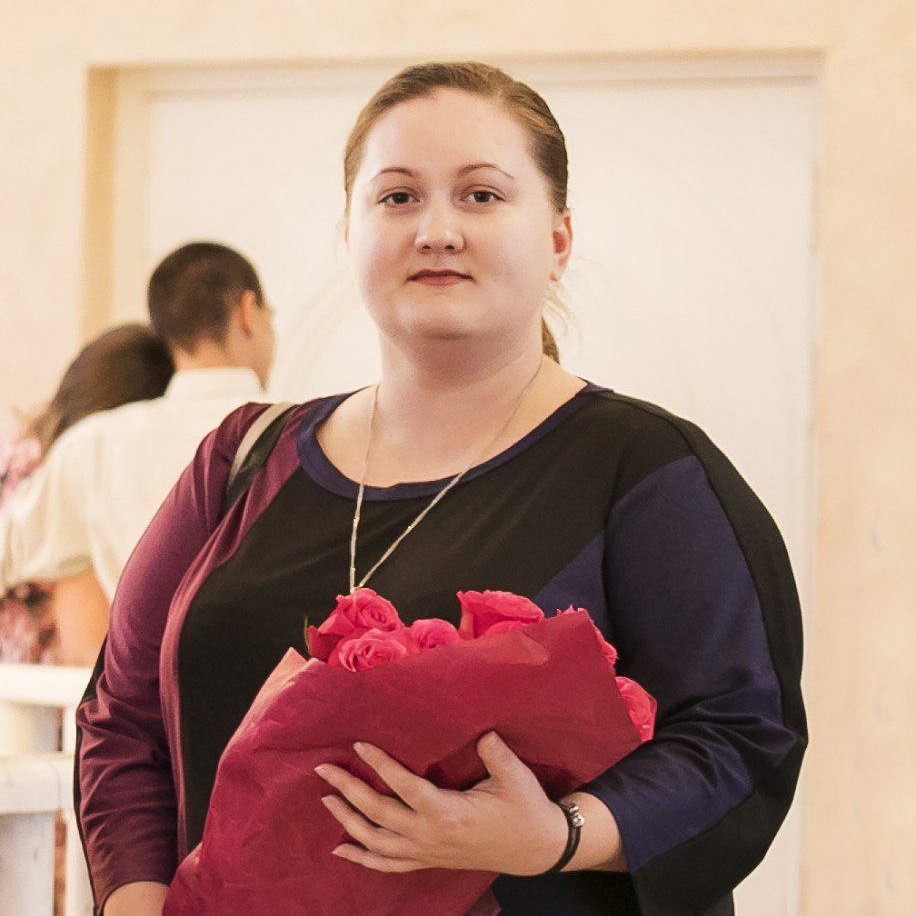Silvio Salvo, press officer and social media manager at the Sandretto Re Rebaudengo Foundation, Italy. Photo © Courtesy of Yoda, FSRR, SS
What is your museum about and what is your work there?
The Sandretto Re Rebaudengo Foundation – FSRR – is a center for contemporary art. The two locations Palazzo Re Rebaudengo in Guarene (since 1997) and the center of Turin (since 2002) will be joined by a third location on the island of San Giacomo in Venice (in 2026). Since 2019, again in Guarene, the Foundation has inaugurated an art park with large permanent sculptures.
Founded in 1995 by Patrizia Sandretto Re Rebaudengo, the Foundation’s main mission is the promotion and support of contemporary artistic production through exhibitions, events, educational programs, and research and training activities.
What inspired you to pursue a career in the museum field and how did you get started in the industry?
Before graduating in Communication Sciences – way back in 2002 – I did an internship in the press office of the Grinzane Cavour Literary Prize. On 3 October 2005, I joined the Sandretto Re Rebaudengo Foundation team because I had sent my CV. Since I was a kid I always thought that I would like to work in the organization of cultural events.

I have never been an expert in contemporary art and I don’t want to become one. Having a transversal perspective, not as a “contemporary art purist”, helps me to better communicate an exhibition and allows me to reach not only normal users of contemporary art. One of the missions of the Sandretto Re Rebaudengo Foundation is to broaden the audience for contemporary art so I try to “attract” even those who would never enter a museum.
Can you walk us through a typical day in your role at the museum?
My “main job” at the Foundation is the press officer, so first I listen to podcasts that analyze the news of the day, I read the newspapers, from editorials to cultural pages. Every day is different, but if I have to summarize: meetings with President Patrizia Sandretto Re Rebaudengo, meetings with the curatorial and educational department, many emails (from internal communications to sending press releases to journalists), many work messages via WhatsApp.
Social side: throughout the day I carve out a few minutes to monitor the news that has “viral potential” in Italy or around the world to take inspiration and create ad hoc content that talks about the Foundation’s activities. I am a social media manager sui generis.
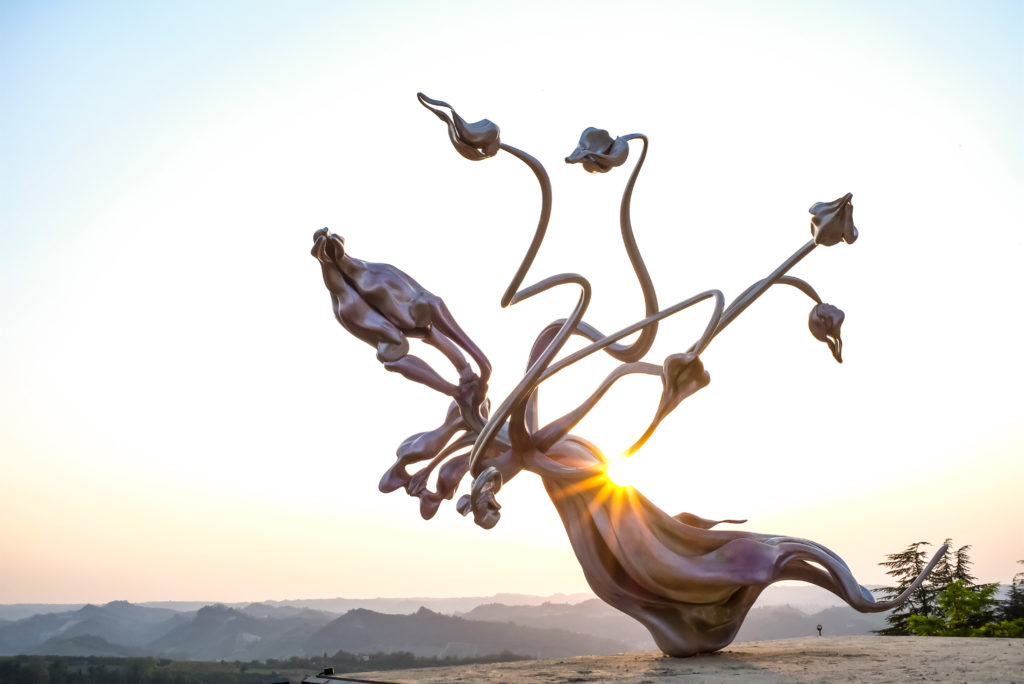
Actually, I am the assistant of Master Yoda, the true and only social media manager of the Foundation. What you see on our channels is born three minutes in our heads. We do not prepare editorial plans. A lot of content (90%) is improvised on the spot. The Sandretto Re Rebaudengo Foundation is a place that trains you in “complexity”.
If superficially we analyze the Foundation’s social communication we could classify it as unconventional. In reality, it is very conventional within a communication channel where (also) people scream, hate, and hide behind fake profiles, where bots try to attract you by promising sex or an increase in followers, where memes on any topic proliferate, and where we also communicate through memes.
I have always thought that information enters the head more easily if accompanied by a dose of humor. Clearing irony in the communication of contemporary art could be risky. The FSRR was first. It worked and other museums took inspiration, which means the path was right.
An uncalculated risk, but I am increasingly convinced that that was (also) the direction to take. Through irony, I try to undermine the principle that important content corresponds to a heavy form: lightness doesn’t distance you, it brings you closer.
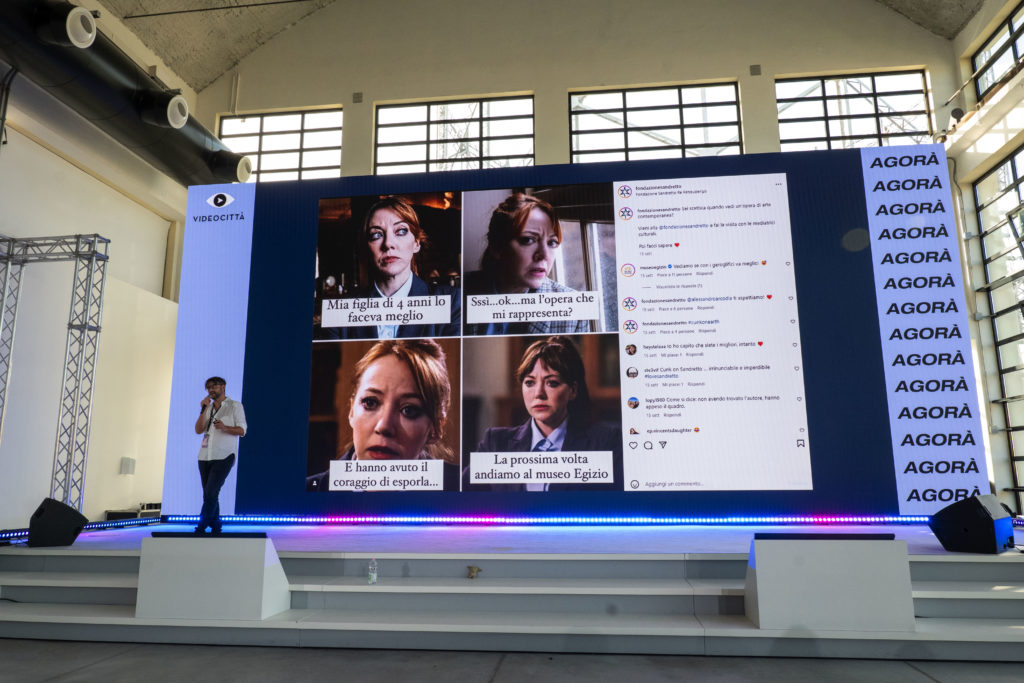
What innovative technologies or techniques have you implemented or seen implemented in museums in recent years?
In recent years, museums have embraced several innovative technologies and techniques to enhance visitor experiences, increase interactivity, and preserve collections. The most relevant: Augmented reality and gamification to make learning more engaging. AI is used to analyze data and offer personalized experiences to visitors.
Some museums use AI-based chatbots to answer visitor questions. Additionally, AI can help in cataloging and analyzing collections and can answer the question “What innovative technologies or techniques have you implemented or seen implemented in museums in recent years?” using ChatGPT, for example.
Yes, I answered this question using ChatGPT.
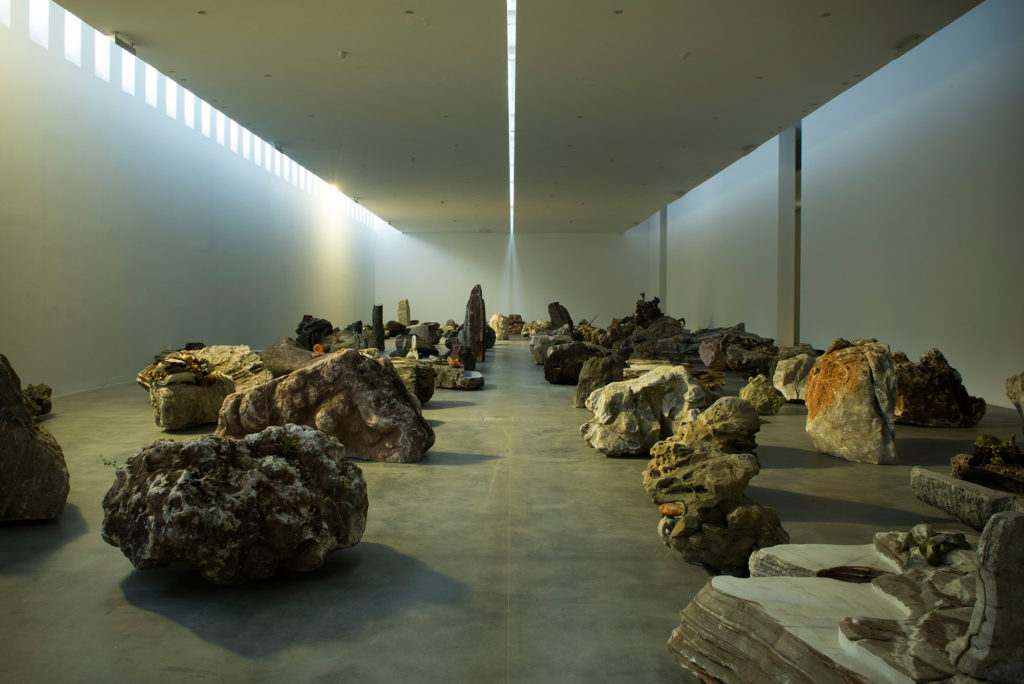
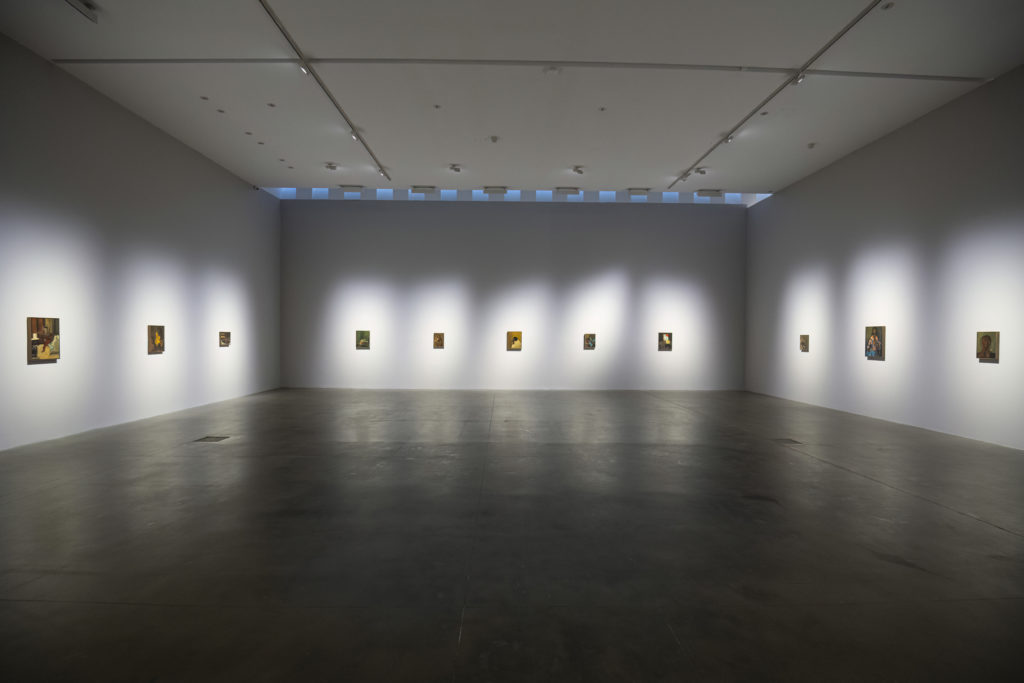
How does your museum work to engage and educate diverse audiences, including underrepresented communities?
The Foundation inclines its missions towards an ecology of conduct and practices that involve the usual activities and tools: exhibitions, research, education, training, laboratories, and cultural mediation. Accessibility is more than a concept: it is our daily way of practicing citizenship, of considering differences and fragilities as keys to an inclusive project, open to all.
In this direction, our Education Department designs and implements activities dedicated to schools, young people, adults, teachers, families, and people with fragility. With the Italian Union of the Blind, for example, for years we have been experimenting with the use of the senses and narration in visits to exhibitions with blind or visually impaired people.
Can you share an experience or project that you are particularly proud of from your time at the museum?
I have been working at the Sandretto Re Rebaudengo Foundation for 19 years and it is not easy to identify just one project. Certainly, Adrian Villar Rojas’ solo exhibition in 2015 allowed me to work with a star of contemporary art and was very stimulating: we have never had so many covers (in Italy and abroad) for one of our exhibitions.
Another project I’m fond of is soundrART, created by me. It was a competition aimed at musicians who had to create the soundtrack for one of our exhibitions. In the first edition, over 200 original compositions arrived, based on the concept of the Press Play exhibition together with some images of the works. The first winner was Chiara Luzzana, now a sound design superstar.
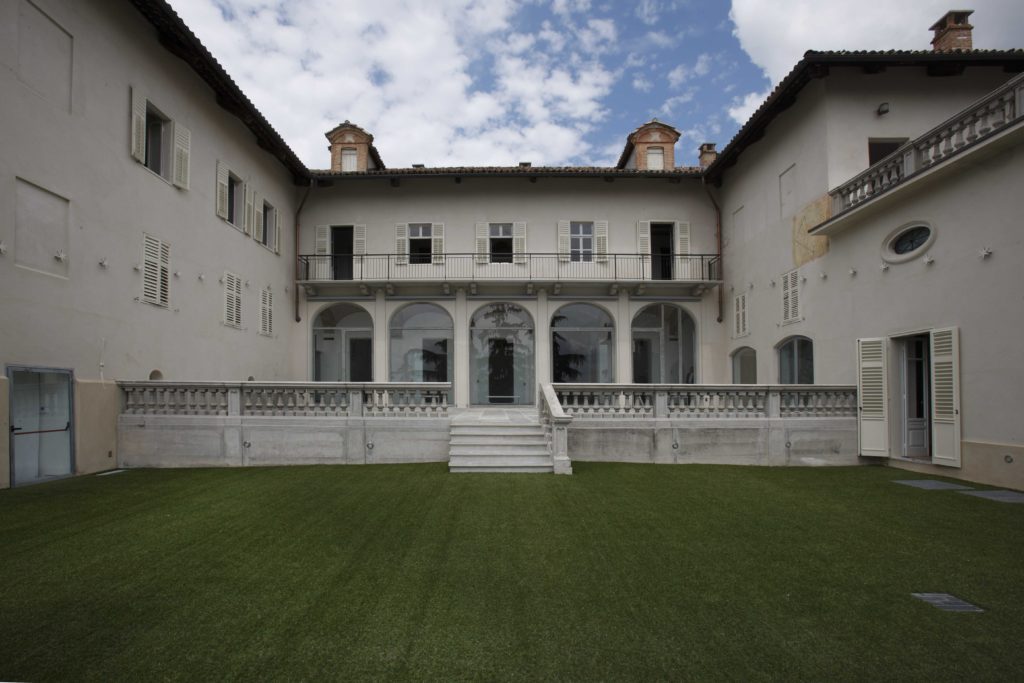
How does your museum collaborate with other cultural institutions or organizations to achieve common goals?
The Sandretto Re Rebaudengo Foundation collaborates with Italian and foreign, public and private cultural bodies. The aim is to create synergies to support and promote contemporary art at a national and international level.
Furthermore, convinced of the importance of establishing relationships and building collaboration networks, even across national borders, Patrizia Sandretto Re Rebaudengo in 2014 created the Contemporary Art Foundations Committee.
The Network of Foundations is an organization that aims to enhance and make available the set of vocations and skills that these entities have ensured for years in the field of exhibitions and research, the support of young national and international artistic generations, the education, relationships with the public and local communities.
What do you see as some of the biggest challenges facing museums in the next 5-10 years, and how do you plan to address them?
Maintaining cultural relevance and reflecting the diversity of contemporary society is essential. In my opinion, in this context, it is important to see not only Netflix and video games as competitors but also other forms of digital and interactive entertainment.
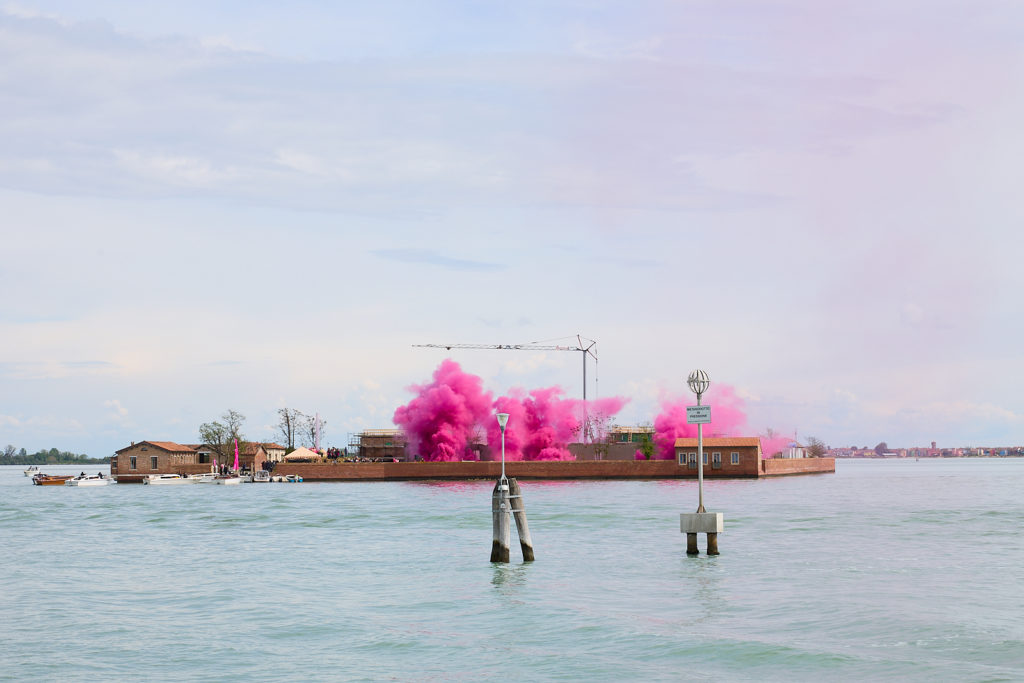
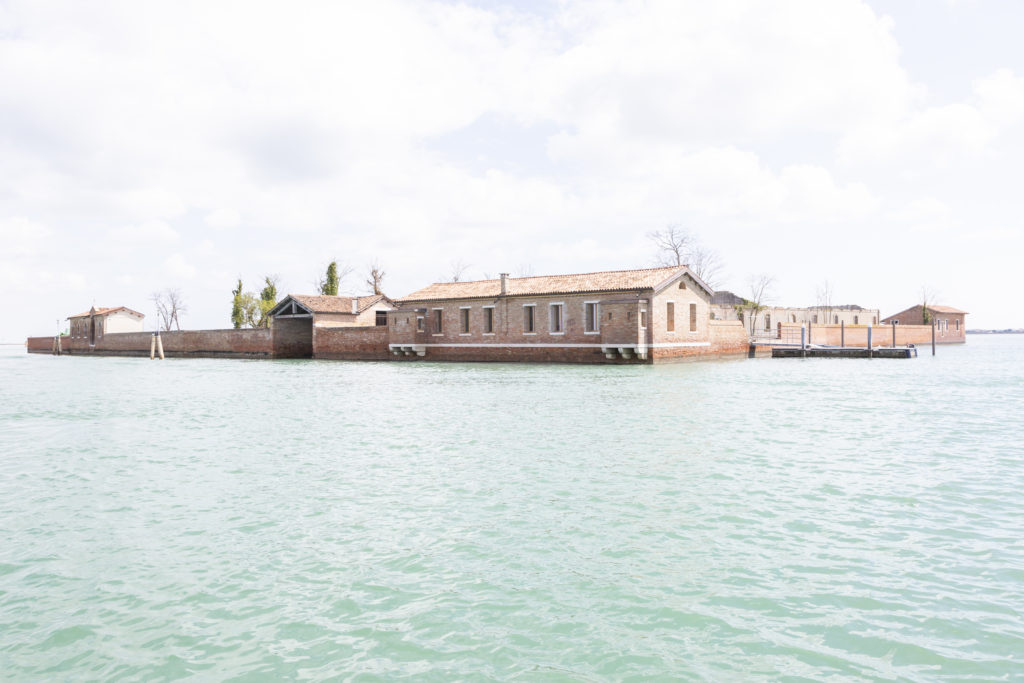
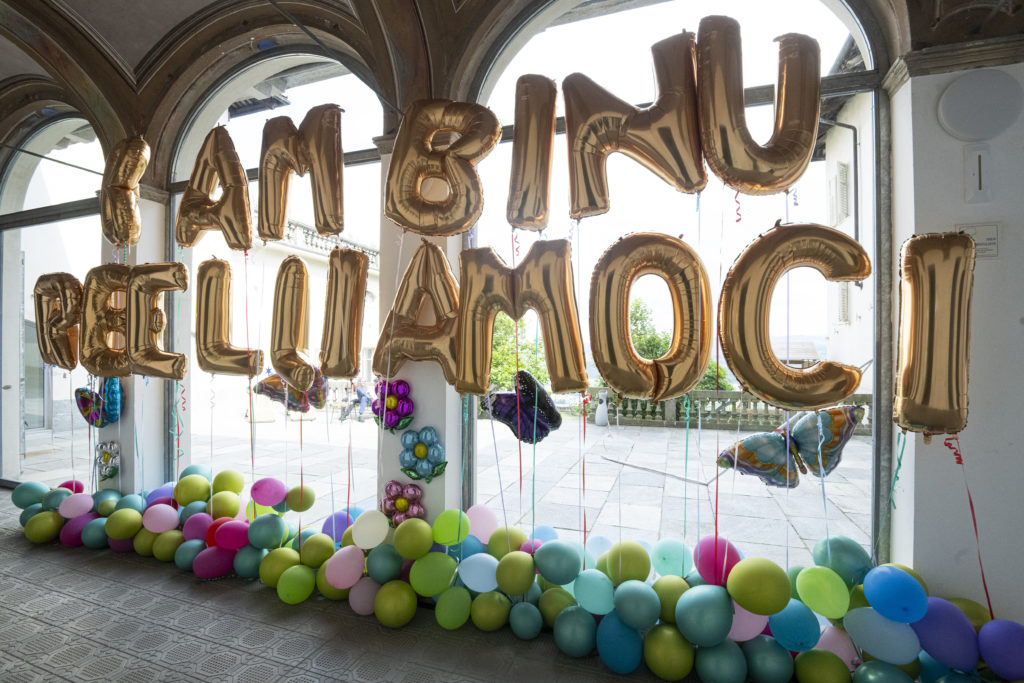
Museums must be (continue to be) attractive, offering engaging and accessible experiences to all. This means integrating new technologies, curating dynamic programming, and promoting initiatives that enhance the active participation of the public. Only in this way can museums remain vital places of learning and discovery in an ever-changing world.
Interview by Fabio Pariante: X • Instagram • Website
MORE
The Sandretto Re Rebaudengo Foundation: Instagram • Website • Yoda
